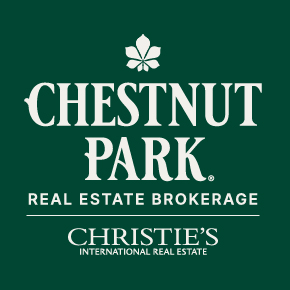It was no surprise that the Toronto and area residential resale market retracted in November. Sales volumes were off by 14.7 percent compared to reported sales last year. This November 6,251 properties were reported sold compared to 7,326 in 2017. There are many factors responsible for the current market. In fact, there are two markets: the city of Toronto (or the 416 region) and the 905 region which includes Halton, Peel, York, Durham, Dufferin, and Simcoe County.
Overall the market is now feeling the impact of the Office of the Superintendent of Financial Institutions mandated stress testing which came into play in January, and the various increases in borrowing costs. The combination of these measures has had a direct impact on affordability. The days of buyers paying indiscriminate prices are gone. Under these conditions, both sales and average sale prices will increase only moderately going forward.
By historical standards the market is still strong and depending on location and housing type, still a seller’s market. In the City of Toronto, detached properties saw the average sale price increase by 1.8 percent to $1,301,382; semi-detached properties increased by an eye-popping 17.2 percent to $1,060,359; and condominium apartments came in at almost $600,000, a year-over-year increase of over 7 percent. Average sale prices in the 905 region are not as robust. The average sale price for detached properties was only $905,517, $688,504 for semi-detached properties, and $454,288 for condominium apartments.
The market’s lack of inventory is becoming a serious concern. Fewer properties have been coming to market over the past several months, but the decline was very evident in November. Toronto and area realtors only delivered 10,534 new listings. By comparison, 14,150 new properties came to market last year, a decline of more than 26 percent. This decline has had a substantial impact on the total active listings available to buyers. At the beginning of December, there were 16,420 properties available for sale throughout the greater Toronto area, a decline of almost 10 percent compared to the 18,197-available last year.
Within certain neighbourhoods and trading areas, the lack of inventory has reached crisis proportions. In the City of Toronto there are only 283 semi-detached properties available for sale. In November 209 semi-detached properties were reported sold. This translates into just slightly more than one month of available inventory. In Toronto’s eastern districts the number of sales in November of this housing type exceeded the number of properties available in December. It is not surprising, therefore, that all semi-detached properties in the eastern districts sold at 107 percent of their asking prices and in 15 days, as compared to the 27 days it took for all properties to sell in the greater Toronto area.
Toronto’s condominium apartment inventory is also down to crisis levels. Considering that condominium apartment are Toronto’s only “affordable” housing stock, the dearth of condominiums apartment listings is particularly concerning. Only 1,928 new listings came to market in November. Last year 2,277 condominium apartments came to market. At month-end available inventory was reduced to only 2,167 active listings —— last year there were 2,355. This lack of product has caused the average sale price for condominium apartments to increase to $595,678, and in Toronto’s central core, where most sales take place, the average sale price was almost $670,000. Paying $1,000 per square foot for condominium resale apartments (on average) is now commonplace.
Pressured by the new mortgage stress testing rules and numerous mortgage interest rate hikes, Toronto and area high-end property sales continue to lag. In November 187 properties having a sale price of $2 Million or more were reported sold. Last year 203 property sales were reported in this category. When money was cheap, and money was easily available, high-end property sales accelerated dramatically to unsustainable price levels. Over the first six months of 2019 prices of properties in this price point will moderate and then begin to rise consistent with overall market increases in the second half of the year.
It is a safe calculation that total residential resales for 2018 for the greater Toronto area will come in at about 78,000 properties. By comparison, last year 92,263 properties were reported sold, most of them during the first half of the year, before the implementation of the Ontario Fair Housing measures and the implementation of the 15 percent foreign buyers tax. All the available data points to a soft landing for the Toronto and area residential resale market. In 2019 we should see steady but moderate growth in sales and average sale prices, growth consistent with inflation and Canada’s cost of living, except for some very sought after neighbourhoods and housing types.
Prepared by Chris Kapches, LLB, President and CEO, Broker, Chestnut Park® Real Estate Limited, Brokerage.
Have questions about the market or selling or buying?
Contact me any time. I’m happy to answer any questions you may have.



